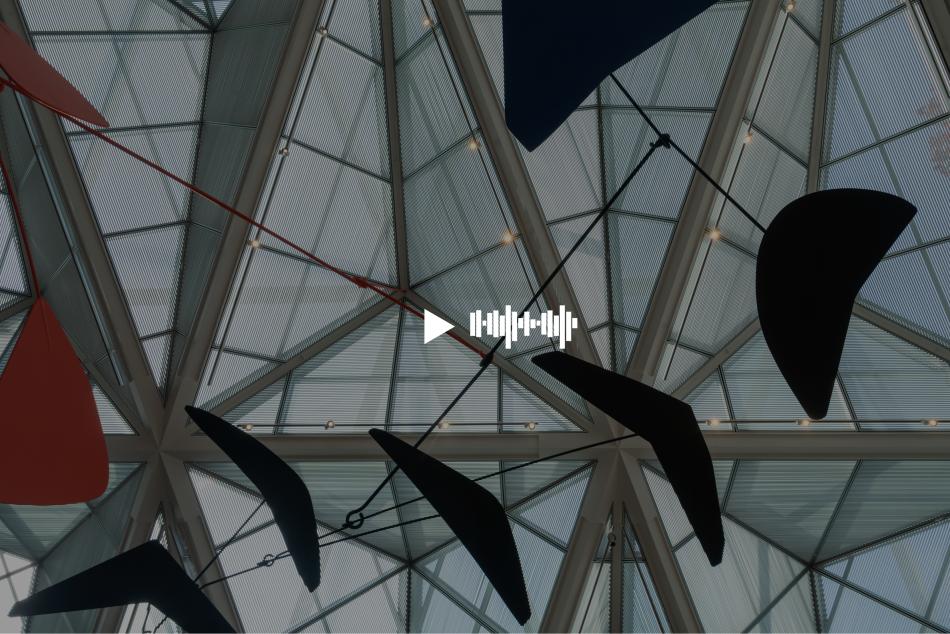NARRATOR:
In northern England in the early 19th century, the River Tyne was used to transport vast quantities of coal mined nearby, out to sea en route to London. Joseph Mallord William Turner shows us men heaving coal by night, from flat-bottom boats, known as keels, onto tall-masted, seagoing ships. Smoke billows from fiery torches that illuminate their labor. Here’s curator Franklin Kelly:
FRANK KELLY:
It draws me in most immediately by this remarkable display of moonlight. Where you see this not just in the sky but a line of reflected light on the water which draws you into the distance. The cooler light of the moon and the contrasting light of those torches immediately sets up a kind of visual pushing and pulling for our attention.
NARRATOR:
Turner’s view is a romantic one – but the work happening on the river was, in reality, not as picturesque.
FRANK KELLY:
And of course in the 1830s, the Industrial Revolution was taking hold and changing England dramatically - and what was driving most of the engines of the Industrial Revolution? Coal.
NARRATOR:
The coal transportation on the River Tyne would have had serious and lasting environmental impacts.
Professor Joel Fodrie of the University of North Carolina at Chapel Hill is an estuarine and fisheries ecologist – an expert on rivers.
JOEL FODRIE:
I'm certainly struck by these activities as they were happening in this painting. They did not have the data or the long-term understanding of the changes that we now are beginning to understand.
We have built ports, we have built seawalls, we have built big docks. And so these are pervasive, and very profound changes to the form and nature of rivers and estuaries. These are acute local changes, that are happening everywhere.
And so I'm struck by the shift in mindset and the things that we’re concerned about now in terms of environmental health, environmental quality, human modification of the planet.
Our economies are important. Jobs are important - I look at this waterfront and I see jobs! And so trying to balance those things is really the fine razor’s edge that we seem to be on these days.
NARRATOR:
Turner’s striking painting gives us a glimpse into the beginnings of the Industrial Revolution and raises questions on the state of the natural world, as the environment continues to evolve in response to human activity.



